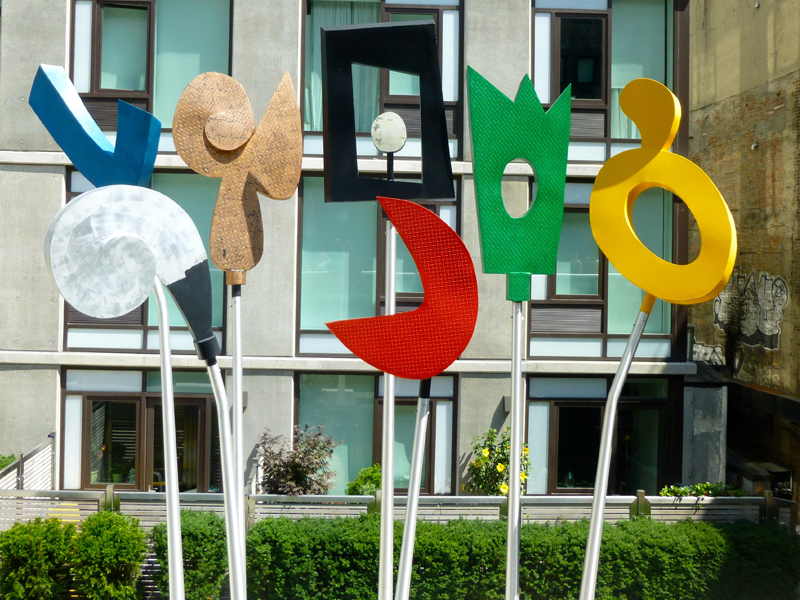
5 important articles of February
Should Art have a Purpose?
“Art for art’s sake is an empty phrase. Art for the sake of truth, art for the sake of the good and the beautiful, that is the faith I am searching for (Ratcliffe, 2011, p.29).” This phrase from Victorian writer George Sand was a response to the trend in the romantic era to celebrate art that does not have or need a purpose. It is a rendering in English of l’art pour l’art, a phrase coined by philosopher Victor Cousin (Encyclopædia Britannica, 1999). This idea continued well into the 20th century and became the basis for formalism, although in recent years the belief that art must have a purpose and an artist must justify what they do has become prevalent. So does art really need a purpose, and what exactly do we mean by purpose?
Artists: We Have a Job to Do
https://medium.com/@abozesan/artists-we-have-a-job-to-do-ca7c39f09989
The myth of “god-given” artistic talent is the reason we’re struggling to get paid. It’s time to stop perpetuating it. Does human nature just value effortless talent more than sweat? After all, a child prodigy that sings beautifully impresses us much more than an adult with equal skill. Is the reason for this an insidious society-wide aversion to effort, or just an innocent, short-term fascination with novelty?
Banksy: what happens when someone vandalises graffiti – and who owns it anyway?
The news that a Valentine’s Day mural by world-renowned graffiti artist Banksy was “vandalised” has attracted substantial media interest. The image of a girl firing red flowers from her catapult was defaced by spray paint within hours of appearing on a house wall in Bristol. News reports said measures would be taken to protect the artwork from further damage, but the incident has raised the question as to whether an unsolicited piece of street art can be vandalised.
The most terrifying images in history
http://www.bbc.com/culture/story/20200214-the-art-of-terror-how-visions-of-fear-can-help-us-live
Has art forgotten how to frighten us? In times past, artists understood fear and exploited it as among the most potent emotional levers that a painting or sculpture could pull. Medieval and Renaissance religious artists were especially tuned in to its appalling power. Terrifying visions of what eternal discomforts await in the afterlife should parishioners fail to live piously in this world (typically positioned near the exit to a church in order to leave an indelible impression), served a clear, if ghastly, purpose: to scare the congregation straight.




